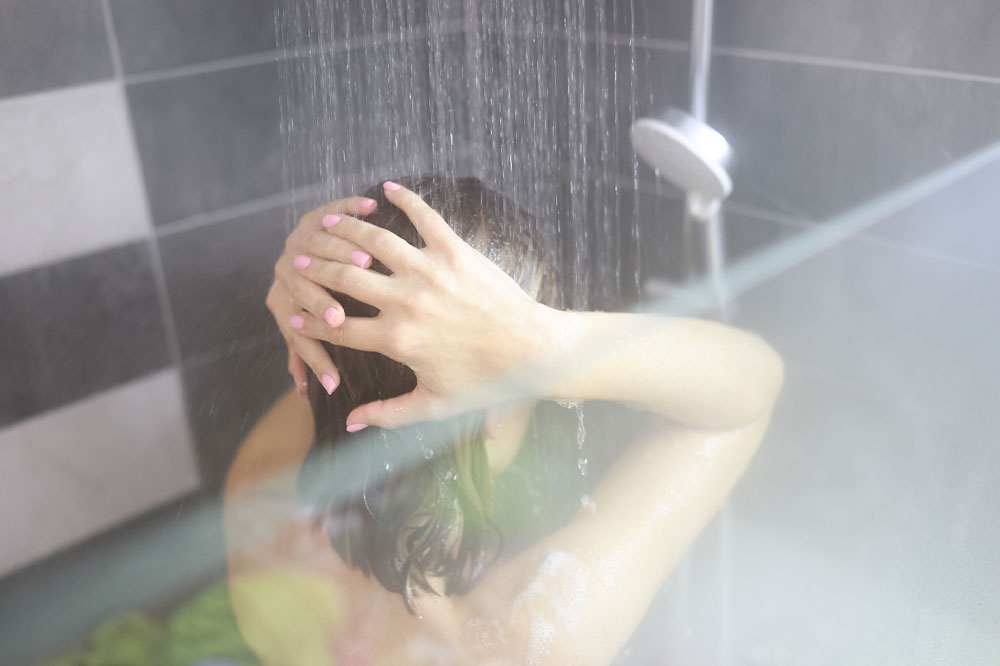Atrial fibrillation – Causes, symptoms, and management tips

The human heart is susceptible to several health complications, including atrial fibrillation (AFib). The condition is the most common type of treated heart arrhythmia, which is a term describing when the heart beats unusually slowly, fast, or irregularly. AFib is estimated to affect between 2.7 million to 6.1 million individuals in the country. An individual with the complication experiences irregular beating in the heart’s upper chambers, affecting blood flow, leading to health complications.
Causes
Irregularities in the structure of the heart are the most common cause of atrial fibrillation. Sometimes people may develop the condition without any known heart damage or problems. Risk factors like age may also contribute to the development of atrial fibrillation. Other potential causes of the phenomenon include a heart attack, sick sinus syndrome – issues with the heart’s natural pacemaker, coronary artery disease, congenital heart defect – A heart defect that an individual might be born with, high blood pressure, lung diseases, heart valve problems, use of stimulants, including certain prescriptions and caffeine, physical stress caused due to pneumonia, other illnesses, and also surgery, sleep apnea, overactive thyroid (hyperthyroidism), metabolic imbalances, viral infections, and complications due to earlier heart surgery.
Symptoms
A person who develops atrial fibrillation may not notice symptoms, and the condition is detected only after a physical examination. But some people experience signs and symptoms before a diagnosis. A few common symptoms of AFib include being unable to exercise to one’s full potential, feelings of weakness, throbbing pain in the chest, lightheadedness, shortness of breath, dizziness, palpitations and sensations of a fast, fluttering, or pounding heartbeat, and feeling extremely fatigued. Therefore, the symptoms of atrial fibrillation differ from one person to the other.
Occasional symptoms (paroxysmal atrial fibrillation)
Here, a person may experience something that lasts from a few minutes to a couple of hours. Other individuals may experience recurring episodes of symptoms, which may last for as long as a week. While the markers of AFib go away eventually, some signs may require treatment options.
Persistent
A person who develops persistent symptoms will experience an irregular heart rhythm that requires treatment to return to normal. Cardioversion or prescription options might be indicated to restore and maintain regular heart rhythm.
Long-standing persistent
In this type of atrial fibrillation, the signs and symptoms are recurrent, chronic, and may last up to 12 months or longer.
Permanent
An individual with abnormalities in heart rhythm that cannot go back to normal will experience permanent symptoms. Healthcare experts will recommend certain prescriptions to reduce or prevent blood clots and control heart rate.
Treatment options for atrial fabrillation
A person who develops AFib will require various forms of treatment options to improve their condition. The goal of each treatment is to control heart rate, rest the heart rhythm, and prevent blood clots that may lead to strokes. The most common treatment options include prescriptions such as beta-blockers, calcium channel blockers, and blood thinners. Therapy such as cardioversion to reset the heart rhythm may also be recommended by healthcare experts. When AFib does not improve with prescription or therapies, the doctor may suggest surgical or catheter procedures.
Management tips
Apart from getting on a treatment plan, one could even follow these management tips to cope, prevent, or improve their condition.
Eat heart-healthy foods
The food one eats can have a significant impact on their health, including the heart. Therefore, to prevent AFib and improve heart health, an individual must consume healthy foods. Fiber-rich options and foods low in saturated or trans fat may help prevent unhealthy cholesterol levels. Moreover, one should avoid foods that are high in salts, saturated fats or processed. Such foods may increase the individual’s blood pressure. Excluding or reducing sugar from one’s meals may also help keep their blood sugar levels in check and control diabetes.
Indulge in regular exercise
Another way to manage and reduce the risk of AFib is to exercise regularly. Simple exercises like walking between 30 minutes to 2 hours a day can significantly help lower blood pressure and improve heart health. Other activities to try out include swimming and cycling, which are suitable for improving one’s overall well-being. Children and adolescents should also involve themselves in at least one hour of physical activities daily.
Schedule appointments
No matter what treatment plan one receives for atrial fibrillation, it is imperative to schedule regular appointments with their healthcare expert. Doing so will help monitor and keep tabs on their current condition. It will also help identify any potential heart abnormalities that may have gone undetected during the early stages. Scheduling regular checkups may also help identify health complications that are unrelated to the heart. The patient should also make a list of questions they would like to ask the healthcare expert about their condition.
Maintain a diary
Something as simple as maintaining a diary may provide great insight into an individual’s health. In a notepad or journal, one can write about the symptoms that do or do not develop after eating certain foods. They can also note down the side effects that may arise from taking certain prescriptions or those that stem from therapies or surgery. Doing so will help the healthcare expert develop a suitable solution to help keep their symptoms in check.
Seek support
Receiving a diagnosis of AFib can impact one’s mental health and lead to feelings of sadness. Therefore, seeking support is by far one of the most important aspects of dealing with AFib and its symptoms. One can look for a support group in their area or join one online. Here, one can talk about how they feel about their diagnosis and also listen to what other people with similar condition have to say. In a support group, one can learn about multiple ways to live with the condition and improve their daily lifestyle.


